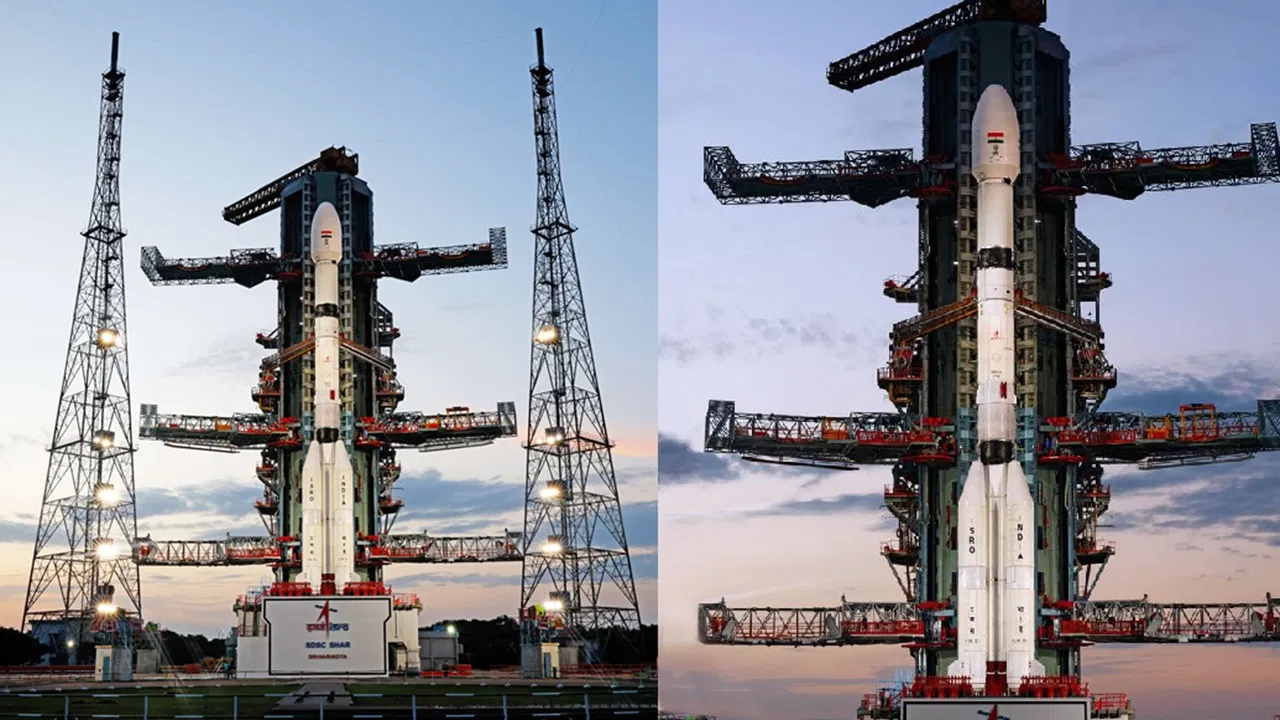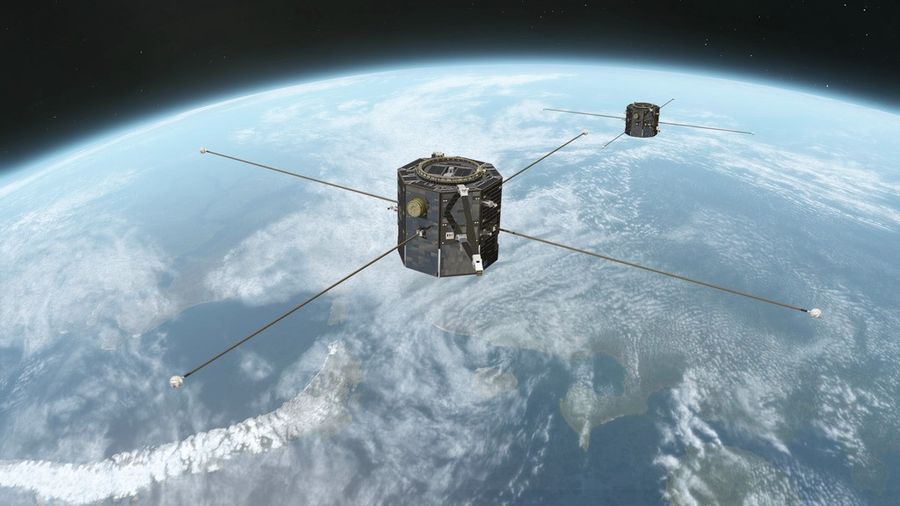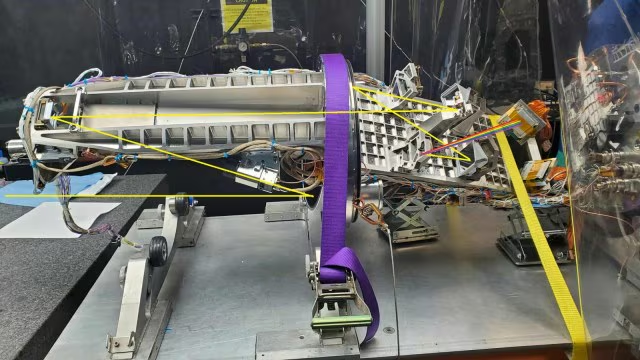



The Indian Space Research Organisation (ISRO) has successfully completed the SpaDeX docking experiment, making India the fourth country after the USA, Russia, and China. SpaDeX is a twin satellite mission aimed at developing orbital rendezvous, docking, formation flying, and proximity operations. The successful docking will support future missions like lunar rock and soil recovery.

Copyright infringement not intended
Picture Courtesy: THE HINDU
The Indian Space Research Organisation (ISRO) has successfully executed the SpaDeX docking experiment, making India the fourth country after the USA, Russia, and China.
SpaDeX is a twin satellite mission developed by the Indian Space Research Organisation (ISRO).
Its main objective is to develop technologies related to orbital rendezvous, docking, formation flying, and proximity operations. The mission has applications in human spaceflight, in-space satellite servicing, and other related fields.
It was launched on 30th December 2024 from the First Launch Pad of Satish Dhawan Space Centre, Andhra Pradesh.
It consists of two modified IMS-1 class satellites, each weighing 220 kg. One satellite acts as the "Chaser" while the other serves as the "Target."
The SpaDeX docking was completed on January 16th, 2025. India became only the fourth country to achieve space docking, following the United States, Russia, and China.
It is the process where two spacecraft connect in space. It usually involves one spacecraft (like a space station module or a spaceship) docking with another spacecraft or space station. For example, the International Space Station (ISS) receives cargo and crew by docking with spacecraft like SpaceX's Dragon or Russian Soyuz.
SpaDeX mission success will support future efforts like recovering rocks and soil from the moon, establishing the Bharatiya Antariksha Station, and landing an astronaut on the lunar surface. The docking technology developed in SpaDeX will be crucial for these ambitious missions.
Must Read Articles:
SPACE DOCKING EXPERIMENT (SPADEX)
Source:
|
PRACTICE QUESTION Q.Consider the following statements in the context of the International Space Station (ISS): 1. It is maintained in low Earth orbit by a collaboration of five space agencies. 2. The station is divided into two main sections. 3. It circles the Earth in 12 hours. How many of the above statements are correct? A) Only one B) Only two C) All three D) None Answer: B Explanation: Statement 1 is correct: The International Space Station (ISS) is a large space station that was assembled and is maintained in low Earth orbit by a collaboration of five space agencies and their contractors: NASA (United States), Roscosmos (Russia), ESA (European Space Agency), JAXA (Japan), and CSA (Canada). Statement 2 is correct: The station is divided into two main sections: the Russian Orbital Segment (ROS), developed by Roscosmos, and the US Orbital Segment (USOS), built by NASA, ESA, JAXA, and CSA. Statement 3 is incorrect: The ISS has eight docking and berthing ports for visiting spacecraft. The station orbits the Earth at an average altitude of 400 kilometres and circles the Earth in roughly 93 minutes, completing 15.5 orbits per day. |






© 2025 iasgyan. All right reserved